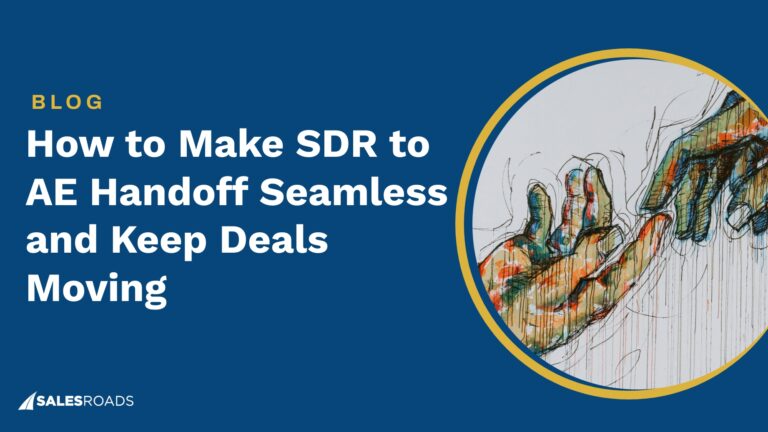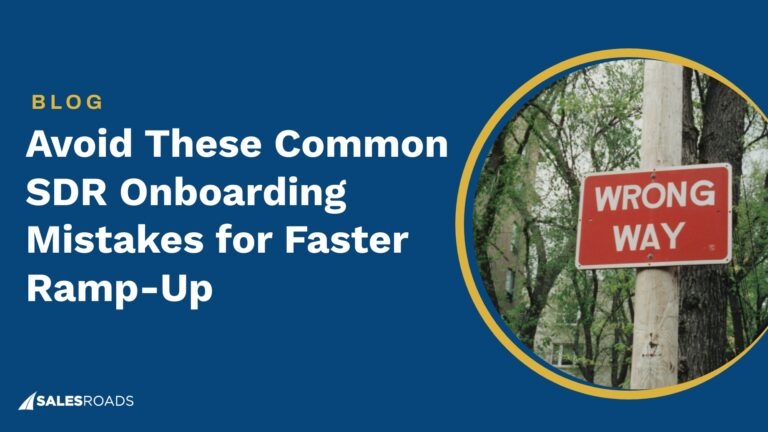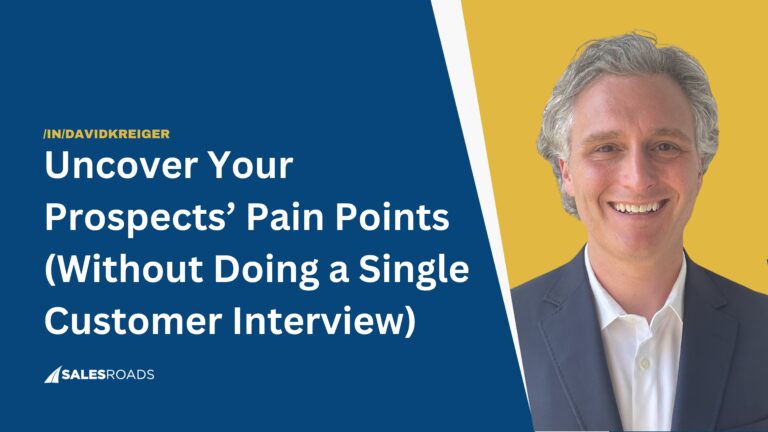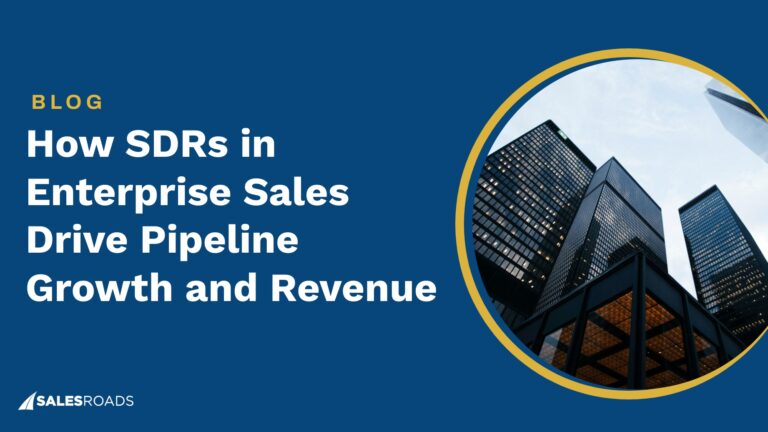Pay per performance is one of the most common pricing structures for appointment setting services. Clients often prefer this arrangement because they only have to pay for successfully booked meetings, but other pricing models are also worth considering.
Pay-Per-Performance Appointment Setting Services
Appointment setting is a strategy that drives high-value leads into the pipeline. Many companies contract this process to third-party firms, as it requires an additional workforce and expertise. These outsourcing agencies can invoice using different models, with pay-for-performance being the most common among them.
Appointment setting services based on a pay-per-performance model are billed on a per-booking basis. The typical cost of a meeting is anywhere from $15 to $100, as it is more expensive to schedule appointments with CEOs than with a lower-level manager. 1
A properly implemented pay-per-performance appointment setting structure has four main components:
- Base compensation: The majority of pay-for-performance models include base compensation. This basic wage is usually equal to the average SDR salary but can get higher due to education, experience, and specialization.
- Measurable outcomes: Pay-per-performance pricing models should clearly define key performance indicators (KPIs). These metrics ensure that SDRs have a standardized assessment of performance that’s free from subjective biases.
- Clear expectations: A pay-for-performance system relies heavily on well-articulated goals. This lays out the criteria by which SDRs are paid and how they can raise their performance ratings.
- Rewards: Pay-per-performance rewards can vary depending on the agreement between the client and the service provider. These incentives can be bonuses when a quota is achieved or a commission from closed deals.
Pros:
The great benefit of this pricing model is that there’s no upfront payment required, making it more accessible compared to other pricing structures. It also encourages SDRs to do their best and deliver favorable results.
Cons:
The main problem with this model is that outsourcing partners might go for quantity over quality. This is why it’s essential to choose a reputable service provider.
Alternative Appointment Setting Pricing Models
Aside from pay-per-performance, appointment setting companies can use the following pricing structures:
Retainer Basis
This pricing model is a long-term outsourcing contract between the service provider and the client. It typically applies to custom solutions, as the terms of this type of contract tend to be more flexible.
Pros:
Retainer-based appointment setting service providers are more invested in the success of their client’s businesses. Doing so increases the likelihood that their customers will renew their contracts and offer positive feedback, which can lead to future opportunities.
Cons:
Retainer-based appointment setting programs are usually more expensive than pay-per-performance models. There’s also a minimum project size, which might not be suitable for small-scale campaigns.
Fixed Priced
This pricing model entails setting a flat rate and paying SDRs for every hour worked. Many outsourcing firms use this structure in conjunction with the pay-per-performance model to incentivize good work behavior. For example, if an SDR worked 40 hours per week at a rate of $25 per hour, you’d be paying them $1,000 per week.
Most appointment setting services charge a flat rate of $25 to $50 per hour.2
Pros:
Appointment setting services that charge a flat rate make it easier for companies to set aside a specific sum of money for the program.
Cons:
Most fixed-rate appointment setting services come at a higher rate, as providers take on a lot of risk and responsibility for the project.
Factors Influencing Appointment Setting Cost
Appointment setting costs can vary depending on the following factors:
Target Leads
The cost of acquiring leads is a significant factor influencing the price of appointment setting services – highly qualified leads are typically more expensive. Here’s a quick look at the average CPL across various industries:
| Industry | Average CPL |
| IT & Services | $369.88 |
| Healthcare & Medical | $285.82 |
| Financial Services | $271.54 |
| Industrial & Manufacturing | $235.09 |
| Media & Publishing | $191.07 |
| Consumer Products | $182.37 |
| Marketing Agencies | $172.72 |
| Education | $65.68 |
| Nonprofit | $43.36 |
Source: Marketingcharts.com
Aside from CPL, appointments with C-level executives are more expensive than those at the B and D levels. Upper management has gatekeepers who are usually instructed to reject cold calls, which means SDRs need to put more time and effort into establishing rapport to reach the executives.
Call Volume
Appointment setting is a numbers game: the more calls SDRs make, the higher the chances of finding high-value leads that will eventually result in conversions.
On average, SDRs can make 60 calls per day. 3 While certain reps can handle more calls than this, doing so is strongly advised because it can lower the quality of each conversation.
If your appointment setting goal is to increase your revenue significantly, you’ll need a higher call volume. Since more SDRs will be required for implementation, this will drive up the price of your program.
Complexity of Products or Services
Product and industry knowledge is crucial for the success of appointment setting programs. The cost of hiring seasoned SDRs is higher than newbies, but finding a service provider with relevant experience in your field can lead to exceptional results.
Appointment Setting ROI Calculation
An affordable appointment setting program can easily balloon your expenses if it does not generate a return on investment (ROI). This is why it’s crucial to conduct a cost-benefit analysis when choosing a service provider.
This formula will help you determine whether an outsourced appointment setting program is worth it:
ROI = (Appointments Scheduled) x (Close Rate) x (ACV) – (Outsourcing Cost)
- Average Contract Value (ACV): This metric determines how much money you make from one client on average over a set time frame.
- Close rate: Refers to the percentage of leads that become closed deals.
Price Comparison for Appointment Setting Services
Take a look at this price comparison of some of the best appointment setting firms in the US:
| Service Provider | Number of Employees | Average Per Hour Cost | Minimum Contract Price |
| CIENCE Technologies | <1,000 | $25/hr | $5,000+ |
| Belkins | 250-999 | $25/hr | $5,000+ |
| SalesRoads | 50-249 | Undisclosed | $5,000+ |
| EBQ | 250-999 | Undisclosed | $5,000+ |
| Remote CoWorker | <1,000 | $25/hr | $1,000+ |
| SupportYourApp | 250-999 | $25/hr | $1,000+ |
| Prialto | 50-249 | $25/hr | $1,000+ |
| Callbox | 250-999 | Undisclosed | Undisclosed |
| CrewBloom | 50-249 | $25/hr | $1,000+ |
| Leadium | 50-249 | $25/hr | $1,000+ |
Source: Clutch.co
Bottom Line
Knowing the pros and cons of the different appointment setting pricing models and the factors affecting their total costs helps decision-makers determine which partner can give the best value for their money. You can get services on a pay-per-performance basis or choose an alternative payment plan depending on what is more suitable for your circumstances.











